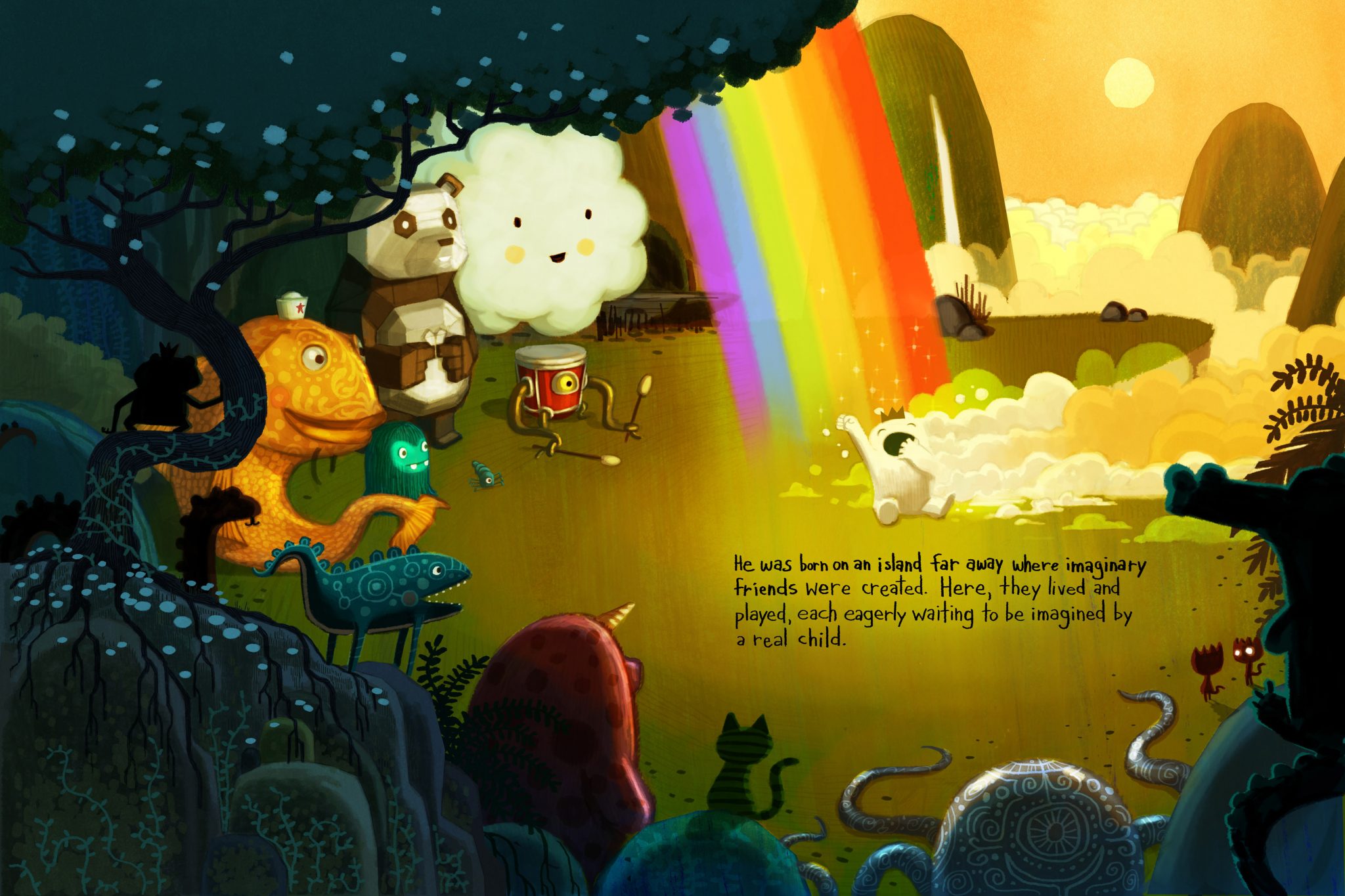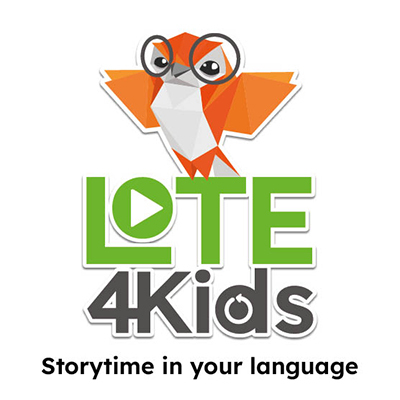Elwood P. Dowd has Harvey, Calvin has Hobbes and Big Bird has Mr. Snuffleupagus. Imaginary Friends! They come in all shapes, sizes, genders and even species. Although not all children develop these special invisible relationships, imaginary friends are a normal part of the childhood experience. According to a 2004 study, by age seven, 65 percent of children have had an imaginary companion.
Yet, parents and guardians are often concerned when they find out their child talks to and/or interacts with an pretend friend. Questions arise, such as, “What is wrong with my child?” or “Why can’t they make real friends?”
However, these make-believe relationships are often beneficial. According to psychologist Tracy Gleason, professor of psychology at Wellesley College, having imaginary friends help children develop a “Theory of Mind” or ToM. Dictionary.com defines ToM as “the ability to interpret one’s own and others people’s mental and emotional states, understanding that each person has unique motives, perspectives, etc.” Equally important, interacting with an imaginary friend helps a child develop their imagination, practice their social skills and overcome shyness.
True, imaginary friends can sometimes be naughty and even become a source of aggravation. But like most things in childhood, they are also fleeting–here today and gone tomorrow. At the same time, they can be an important part of your child’s life. Get to know these unique playmates by talking with your child.
Here are some awesome books to help start the conversation.
- “Dotty” by Erica S. Perl
- “Blackboard Bear” by Martha Alexander
- “Goldilicious” by Victoria Kann
- “Crenshaw” by Katherine Applegate
- “The Adventures of Beekle” by Dan Santat
- “The Snurtch” by Sean Ferrall
- “Imaginary Fred” By Eoin Colfer
- “We Forgot Brock!” By Carter Goodrich
- “Emma Kate” By Patricia Polacco
- “Jessica” By Kevin Henkes
- “Ted” By Tony DiTerlizzi
- “Dream Friends” By You Byum





